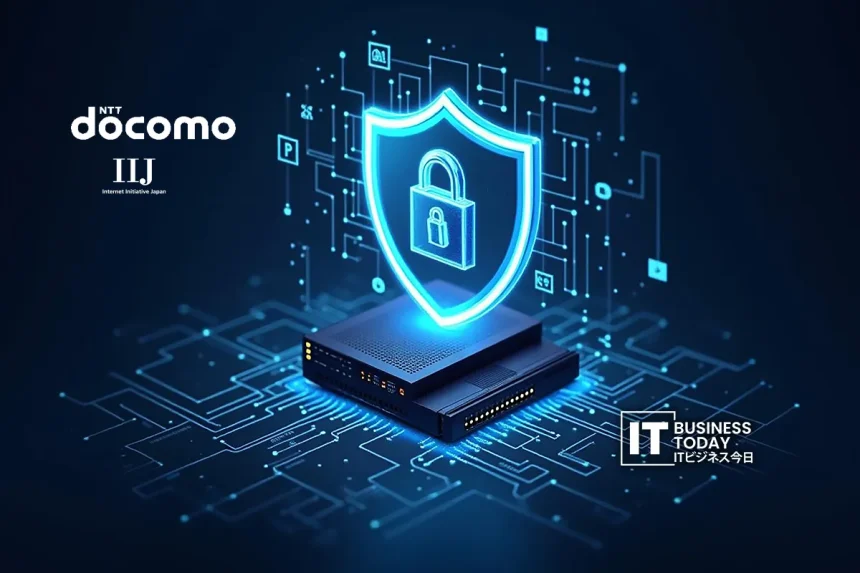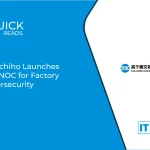NTT DOCOMO BUSINESS, Inc. and Internet Initiative Japan Inc. (IIJ) and another company have launched a complete cybersecurity solution. This solution protects cyber-physical systems (CPS).
Remote work is growing, making operational technology (OT) and control networks more vulnerable. CPS security managers often struggle to gather asset data and spot real-time anomalies. The new solution fills these gaps by combining technologies from OsecT and Safous. It comes as a single, pre-configured hardware device. This makes installation and operation easier.
Safous ensures remote access by encrypting communication channels. It also limits network access for technicians, system integrators, and vendors. This method enforces cybersecurity rules and protects shared passwords. It also supports Just-in-Time access. Plus, it logs every network session for audits and compliance.
Also Read: RainForest’s Senda Series Now Features AI CPE Detection
OsecT, but, reflects OT network traffic. It helps to map connected devices. It can spot unauthorized communication, find unknown endpoints, and flag unusual protocol use. This helps cybersecurity and operations teams keep a closer eye on Intrusion Detection System (IDS) alerts and access logs. As a result, investigation and response times improve.
Key Features:
- OT-Aware IDS: OsecT monitors on-premises OT environments, inventories devices, and generates real-time alerts for suspicious activity.
- Secure Privileged Remote Access: Safous provides a secure access portal with credential vaulting, approval workflows, and full session recording for all OT interactions.
- Rapid Deployment: The solution is pre-installed and ready for setup, which significantly simplifies OT integration and reduces the time required for use.
Sales in Japan start on September 1, 2025. They will be available only through NTT DOCOMO BUSINESS ASEAN. By 2026, the solution should help with smart manufacturing and industrial cybersecurity in the region. NTT DOCOMO BUSINESS and IIJ will use their skills in networking and cloud services. They aim to improve the protection of next-generation CPS around the world.







